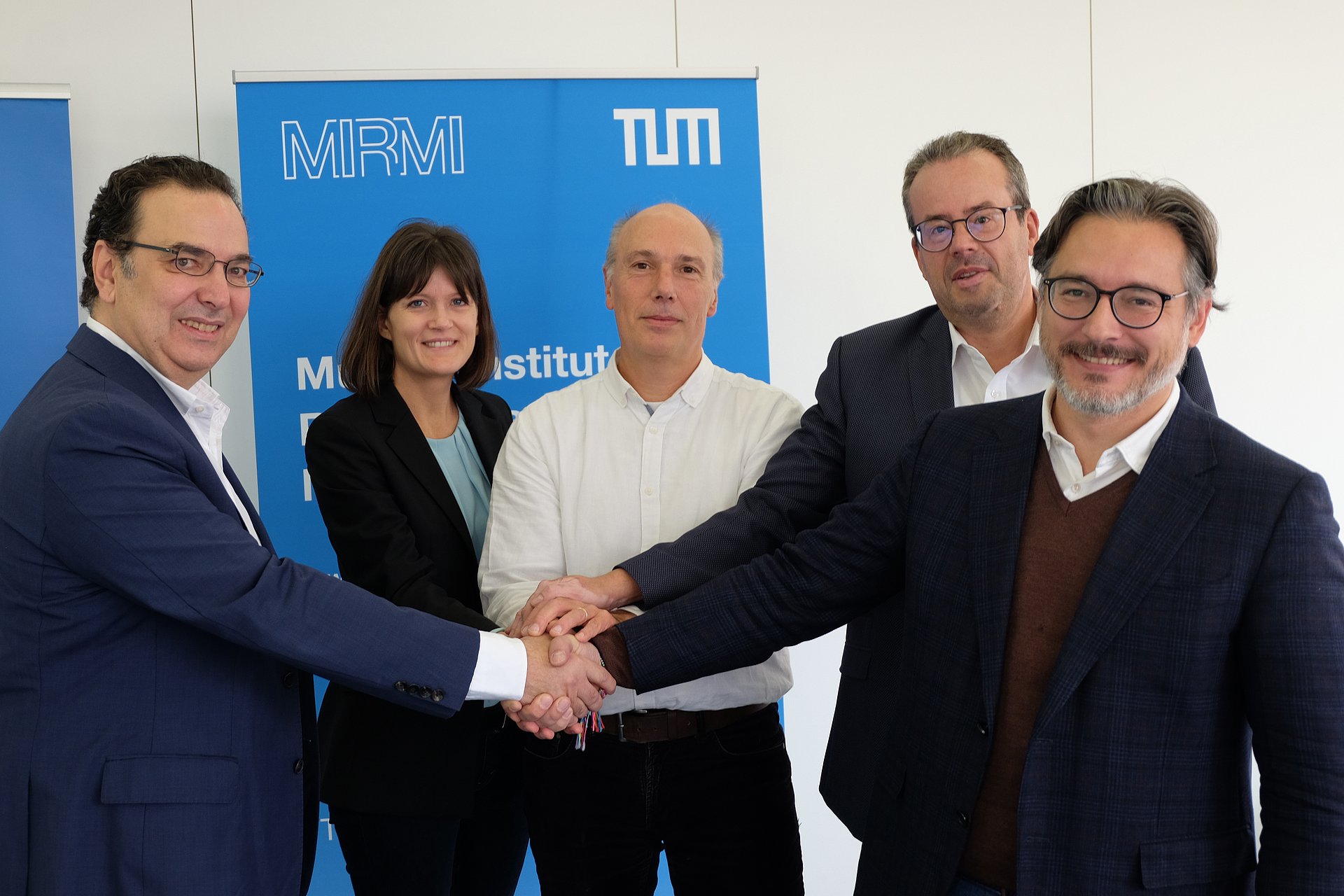Powerful artificial intelligence (AI) as open source: This is the core objective of the AI Alliance initiated by the software companies IBM and Meta. It has been joined by more than 50 globally active companies, institutions, and universities, including the Technical University of Munich (TUM), the University of California (Berkeley), the Yale University and ETH Zurich. Specific cooperation projects are intended to make AI transparent, demystify it and make it accessible to everyone.
 Andreas Schmitz / TUM
Andreas Schmitz / TUM The power struggle at the management level of ChatGPT developer Open AI has shown: the organization, which was initially founded as a non-profit project, has long since become a profit-driven company. It develops proprietary algorithms exclusively for its own benefit. "With the AI Alliance, we are deliberately focusing on open AI models and a strong community that works together responsibly to research relevant AI for society and develop it together with industry partners," says Prof Sami Haddadin, who has brought TUM on board as a scientific partner in the AI Alliance network, which comprises more than 35 companies, institutions and universities. Together they aim to design the "Linux for AI" on an open-source basis.
TUM President Prof. Thomas F. Hofmann says: "With this alliance, we want to accelerate the development of responsible, socially acceptable, and scalable AI solutions in partnership with other leading universities and companies." Alessandro Curioni, Director IBM Research Zurich and Vice President Europe and Africa, explains: "AI has been changing our world dramatically and will continue doing so, helping societies thrive. But to ensure that we keep pushing the envelope when it comes to the development and application of cutting-edge AI in a responsible, transparent, and open manner, we need to work together."
Evolution of AI for the benefit of society
Partners of the new AI Alliance include major companies such as chip manufacturers AMD and Intel, software companies including Dell, Oracle, and ServiceNow, and such scientific institutions as the CERN nuclear research center, and various leading global universities from EPFL in Lausanne, ETH Zurich, Imperial College London to the University of California (Berkeley). "The partners will engage in a dynamic exchange of data and resources," says TUM Professor Haddadin, explaining the basic idea: "The focus is on cooperation, not competition." The mission of the AI Alliance is clear: to create an ecosystem for open foundation models, develop efficient and powerful software frameworks and tools, and use the hardware ecosystem as an accelerator for new software approaches. Or, as Haddadin says: "It's about joining forces to achieve cool things. It's about defining and driving forward projects with each other in a very uncomplicated way within an amazing and highly efficient international network."
TUM has leading expertise in AI-based robotics, AI-supported knowledge acquisition, and unique data from its Living Labs KI.Fabrik, the Geriatronics Campus, and, in the future, the TUM Center for Embodied Laboratory Intelligence (ELI). It can also contribute knowledge from pure AI institutes such as the Georg Nemetschek Institute - AI for the Built World. AI Alliance co-initiator IBM will bring to the table its extensive expertise in the development and refinement of multimodal foundation models, leveraging decades of experience in cutting-edge research, language models for discovery, neural network architectures and data-driven innovations.
An initial cooperative project between IBM and TUM will be launched in the coming months. Many other projects between the partners are set to follow.
Website IBM: thealliance.ai






